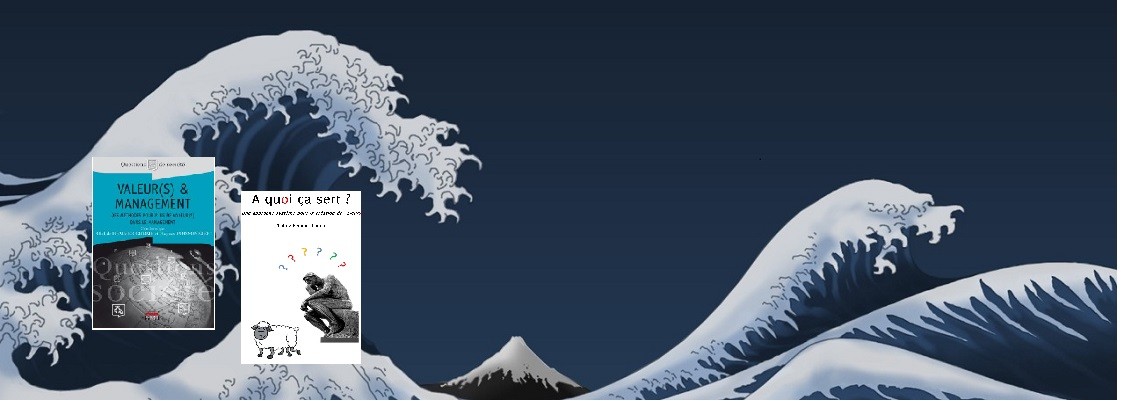 « Old methods deliver old results : Use Design Thinking and Prime Value Chain analysis to simplify experiences and drive outcomes » is the topic of a recent Accenture article.
« Old methods deliver old results : Use Design Thinking and Prime Value Chain analysis to simplify experiences and drive outcomes » is the topic of a recent Accenture article.
Their idea is to promote Design Thinking and Prime Value Chain analysis methods to significantly improve internal functions, as « most internal enabling functions, be they finance, marketing, procurement, HR or business services in general, still don’t satisfy their customers, and few indeed are driving improved outcomes for the business as a whole« .
Of course we agree : many old methods are not in line with today’s internal customers needs satisfaction improvement ! Good news Accenture advocates Design Thinking and Prime Value Chain analysis as the most promising to do this :
- « Design Thinking is a service-design mindset. It considers all product and service provision from the viewpoint of customer needs, including needs that customers may not yet know they have. Iterative, collaborative, creative, and prototype-driven, it synthesizes all processes, systems, data, and structures from a human perspective. » It allows to think like a customer and tackle the
overwhelming number of individual customer experiences, that « traditional approaches, like VSM or BPM » cannot handle.
- « Prime Value Chain analysis is an approach to service design. It identifies the key elements of the customer experience—regardless of their functional alignment—to define outcomes desirable to the customer and align those outcomes with strategic business objectives. » Its key is « to balance business performance (pro tability) with customer demands (satisfaction) ».
Interesting to see that such a powerful consulting actor as Accenture is rediscovering Value reasoning and some tools included in many ‘old’ methods, claiming such efficiency ! Let us presume they add a lot to these ‘old’ methods to make them even more efficient.
It reminds me of McKinsey’s article in 2012 about « Design for value » where this other major consulting actor promoted the application of Value reasoning to design products, by transforming the Blue Ocean methodology. Not knowing that Value Analysis did this for years … By the way, do you know we are celebrating the 70th anniversary of Value Analysis in 2017 ? But ‘old methods’ cannot deliver new results, can they ? 😉
Are we entering a new era for Value methods ?
